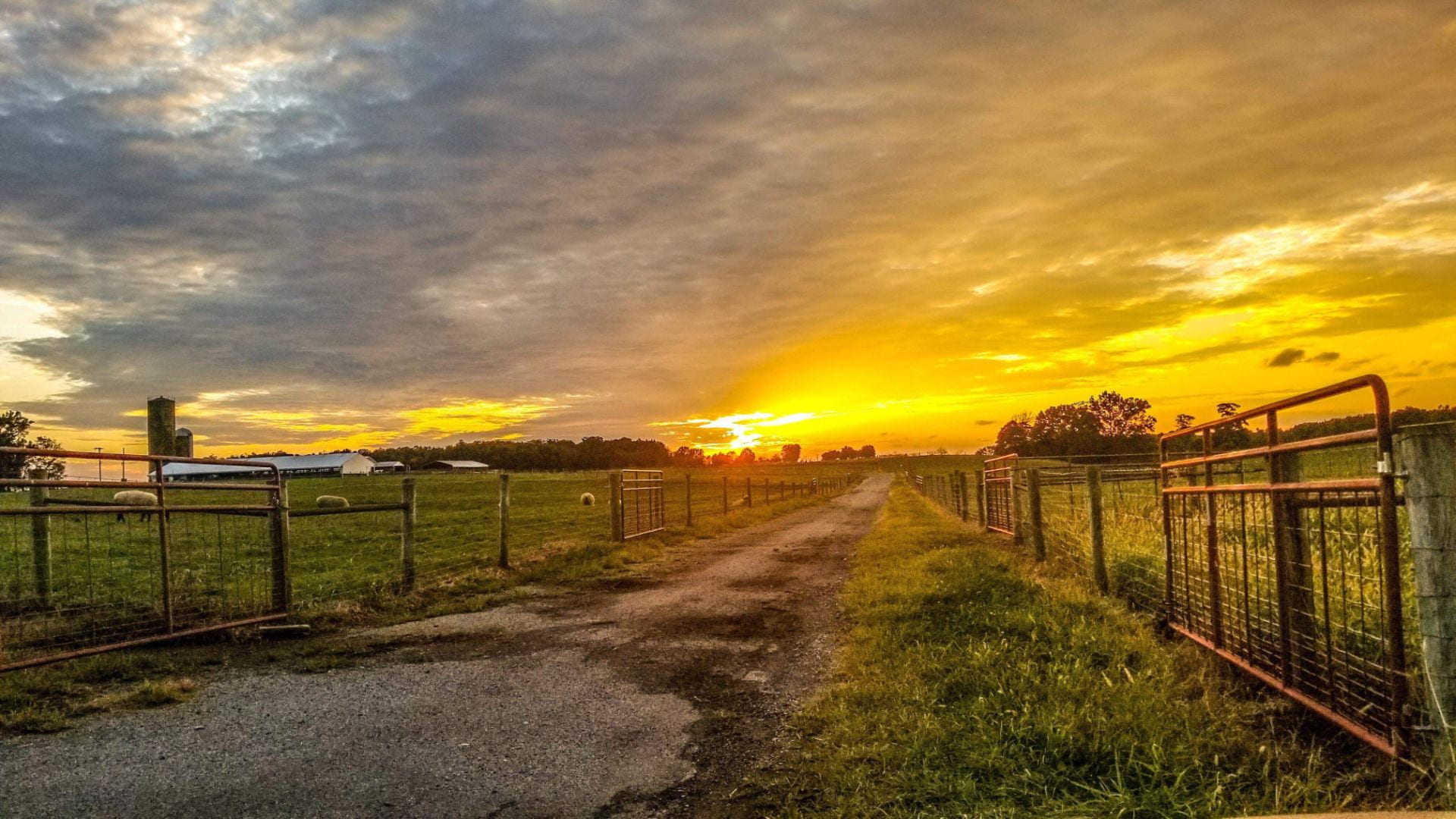Dr. Emma Matcham, Assistant Professor, OSU Integrated Forage Systems Specialist
Christine Gelley, OSU Extension Educator ANR, Noble County
Dr. Ted Wiseman, OSU Extension ANR Educator, Perry County
After two years of drought stress followed by erratic rainfall patterns in 2025, Ohio forage producers are facing a challenging landscape. Pastures across the region show signs of wear—uneven growth, bare patches, and thin stands—while newly seeded alfalfa fields have struggled to establish due to poor planting conditions and unpredictable moisture. As winter approaches, now is the time to take action to protect soil, improve forage stands, and plan for a more successful spring.
years of drought stress followed by erratic rainfall patterns in 2025, Ohio forage producers are facing a challenging landscape. Pastures across the region show signs of wear—uneven growth, bare patches, and thin stands—while newly seeded alfalfa fields have struggled to establish due to poor planting conditions and unpredictable moisture. As winter approaches, now is the time to take action to protect soil, improve forage stands, and plan for a more successful spring.
Bare ground in pastures is more than an eyesore—it can lead to erosion, weed invasion, and mud. To prevent further degradation, producers should aim to cover exposed soil before winter sets in. Fast-growing annual grasses like cereal rye are a practical option for late-season seeding. Cereal rye can be planted in Ohio until November 1 and is easy to establish with a no-till drill or broadcast followed by cultipacking. Proper seeder calibration and planting depth (1–1.5 inches) is generally more successful, especially with variable soil moisture and sod cover. In areas where seeding isn’t feasible due to time or equipment constraints, applying mulch with hay or straw can help protect the soil and may even introduce residual seed that germinates in spring.
Frost seeding legumes like red or ladino clover during late winter freeze-thaw cycles is another effective strategy, especially when heavy equipment access is limited. These practices work best when animal traffic is minimized to allow new seedlings to be established. For producers with access to drones or spinner spreaders, frost seeding can be done efficiently across large areas without compacting sensitive ground.
New alfalfa plantings have been hit hard by this year’s weather. Wet spring conditions delayed planting, while dry summer soils prevented proper seed emergence. Fields with fewer than 25 stems per square foot and less than 6 inches of growth are at high risk for winter kill. Producers should assess stand density and consider overseeding with grasses like orchardgrass or perennial ryegrass to boost yield and forage quality. Cereal crops such as oats or triticale can also provide tonnage, while legumes may improve forage quality but typically yield less. When overseeding, timing and soil moisture are critical—early spring with a no-till drill is ideal, but broadcasting can work if conditions are favorable.
Autotoxicity is a concern when interseeding alfalfa into older stands. Fields planted before April 2025 are likely unsuitable for replanting with alfalfa, while August 2025 plantings may be safe for spring interseeding in 2026. Fields planted in mid-May through June fall into a gray area, where autotoxic compounds may persist depending on soil type and rainfall. Coarser soils may flush these compounds more quickly, while heavier soils may retain them longer.
Looking ahead, spring 2026 forage establishment will require careful planning. Soil testing before planting is essential to match seed selection with fertility conditions. Producers should consider using high-biomass winter cover crops to help dry soil faster in spring and explore reduced-tillage systems to maximize planting windows. Nurse crops like oats or barley can protect young alfalfa seedlings from harsh winter conditions and improve stand survival. On fields with a history of poor drainage, winter cover crops can also help transpire excess moisture and improve seedbed conditions.
Whether managing pastures or alfalfa, rest and recovery are key. Reducing animal movement across stressed areas will give new seedlings a fighting chance. Producers should also consider rotational grazing strategies to prevent overuse of vulnerable areas. With thoughtful planning and timely action, Ohio producers can rebuild forage systems and prepare for a more productive season ahead.
As Ohio’s land-grant university, The Ohio State University Extension is here to support producers with science-based recommendations, soil testing services, and practical resources. County Extension offices across the state offer localized guidance and can help tailor regeneration strategies to your specific conditions. For more information on cover crops, forage species, and pasture management, visit ohioline.osu.edu, where you’ll find fact sheets and tools to guide your next steps.
